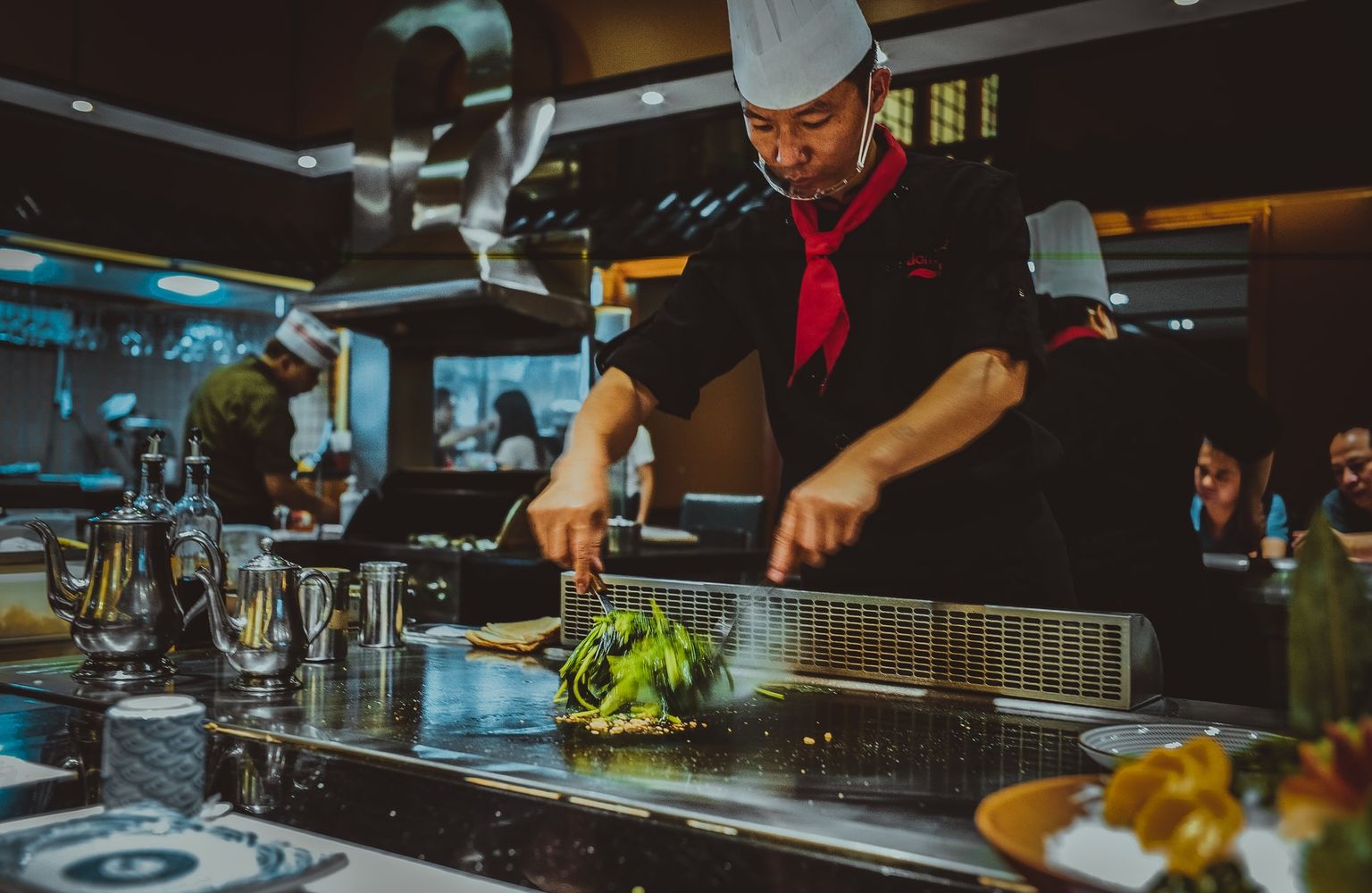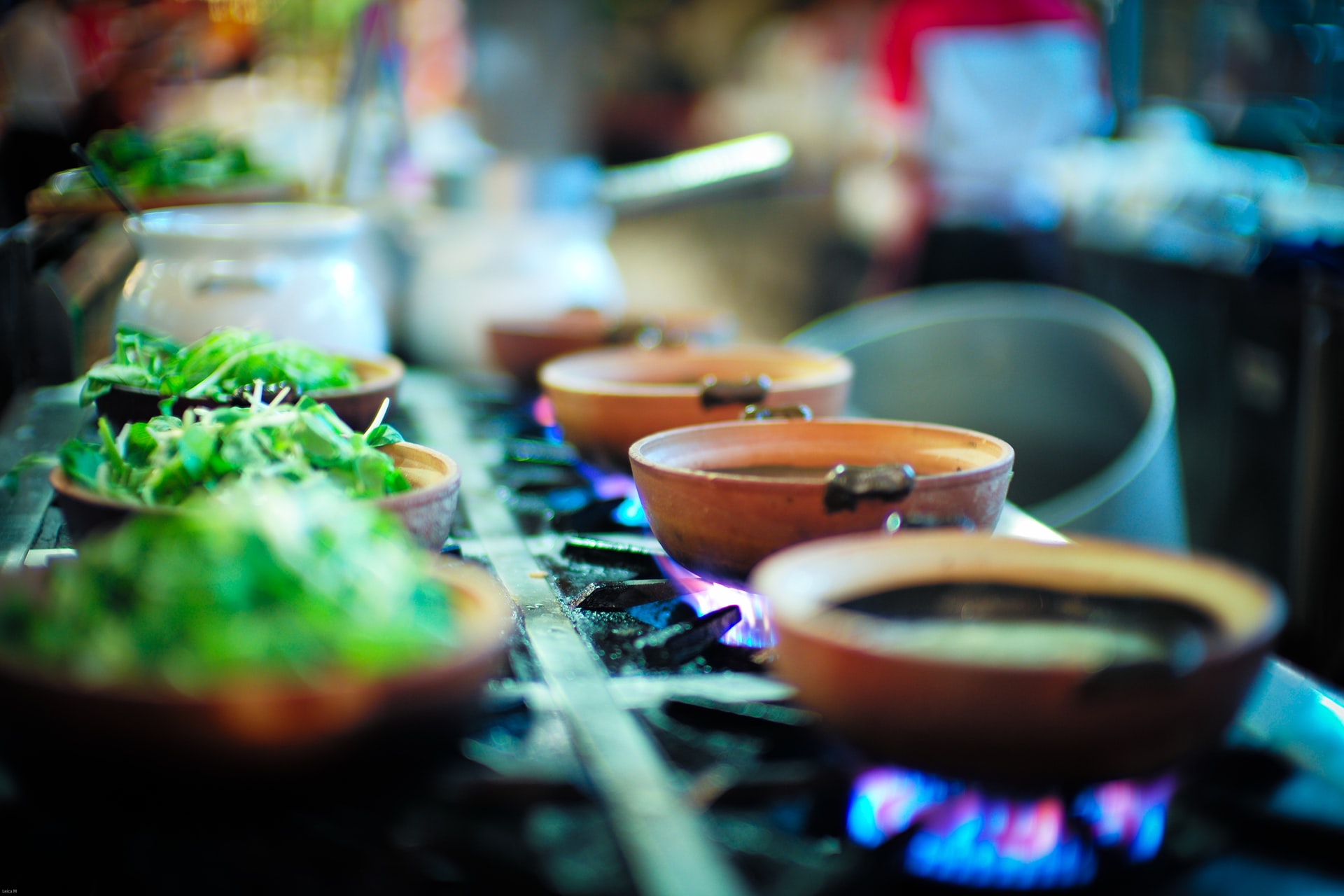Why You Should Be Continuously Costing Your Restaurant’s Recipes

We’ve all seen them -- the binders tucked away on a spice shelf somewhere, stains of sauces long gone displaying their age like rings on a tree trunk. Jammed with scribbled-on recipes, conversions on masking tape and a few day-dot labels, it is alarming to know how much of our operational success depends on those scrunched-up papers.
We keep them around in their plastic sleeves. As the months and years go by, they become part of the furniture. “This is the way we’ve always done this”, you’ll hear. “That recipe hasn’t changed since we opened!” chants the old guard.
They have a point. Sort of.
Consistency is key. You can make a great argument that the ability to consistently deliver an outstanding guest experience at a high level is paramount to the success of any restaurant. That said, it’s my belief that the old adage of “the only thing certain in life is death & taxes” should be amended to include price fluctuations. Let’s look at how effectively costing our recipes can actually help us boost our consistency.
Let’s Imagine The Following Scenario
You want to start the new year off on the right foot, so you commit to spending the roughly 20-25 hours it takes you to fully cost out each ingredient on every one of your dishes. You only want to do this once per year, so you get it all done on your Thursday and Friday. Exhausted, you call it a day and head out for your weekend.
Remember that Pork Belly with Tomato Ragout recipe you spent so much time costing out? When you return from your days off, you discover the only thing that hasn't changed is its name. Sure, it still contains roughly the same ingredient list; however, ingredient availability and prices fluctuate daily.
Hurricane affecting the East Coast? Say hello to $85 per case tomatoes from a different market. Pork Belly market taking its usual swing up in price? Won’t take long until the price of each portion of pork doubles in price.
With so much changing each day, it’s incredible to think that the recipe you prepped on your Friday isn’t the same recipe that you will be making again on Monday. The glaring problem with your new recipes? They’re not costed out to ensure they are still profitable.
“The price only changed by a few cents though! It doesn’t make sense to cost the recipes out again,” you’ll say. You’re probably right! Costing these items out manually, you’ll undoubtedly spend much more in labour trying to:
- Locate the price variances
- Calculate the new price in the same unit of measurement that you’re using it,
- Update each one of your recipes that uses that ingredient,
- Then update each of your recipes that uses any of those other recipes you just changed.
Even with the quickest calculator around, you’re in for a long haul. So, we leave it for Monday. Then Tuesday’s deliveries arrive, along with a new set of pricing. Those recipes we didn’t update yesterday? The pricing has strayed even further from the original safe harbour of our initial costing. These price fluctuations continue to snowball - a few cents here, a couple of dollars per kilogram there and by the end of the month your wonderfully costed menu now is just a faint, distant memory. Let’s imagine we fast-forward 6 months in time.
Why Is The Food Cost So High This Month?
Too often, we initially look at our internal execution for reasons why the Food Cost has risen and surmise that it must either be an issue with overspending or waste. We are quick to decree to everyone that they “put it on the waste sheet!” and that we “need to be tighter with the budget!”
The problem with this approach is twofold:
First
You’re banking on the hope that whoever does purchasing on your days off (assuming you get days off - it is the restaurant industry after all), knows what the budget is, and that you're confident enough in their ordering not to short key products while simultaneously not stockpiling shelves. It’s a delicate balance which often ends up with inexperienced cooks running out of products at the end of the month, leading to a bunch of items getting 86’d all in the name of hitting the almighty Food Cost.
Second
Let’s look at your waste sheet. From my personal vantage point behind a line over the past 2 decades, even with the best of intentions these documents are not used as strictly as an accountant would like. Middle of the rush and someone forgets some chicken strips in the deep fryer for too long? “I’ll put it on the waste sheet when it slows down”.
The reason you aren’t costing out your recipes daily right now was because you didn’t have time, remember? To get any value from your waste sheet, you’re going to need to invest some time to cost each item / product out. Again, we’re hoping that everything has been written down and in a unit of measurement that makes sense (1 “bowl” of spinach was dropped - how do you cost it?).
Speaking of costing that waste sheet - which product prices are you using? Today's price? Last week’s price, or - shudder - the price from 6 months ago when you first costed this recipe?
We see that when you only focus on the overall purchasing you leave yourself prone to managerial mistakes, such as running out of products at the end of your financial period, all in order to make the Food Cost look better. The problem, of course, is that you are damaging your consistency with guests and negatively impacting their experience. Plus, it’s a roller-coaster - you will typically see large swings in your costing month-to-month. Homing in on the waste sheet might provide some clue as to where your hard-earned cash has gone, but it won’t prevent you from losing any more of it.
Coming Full Circle
Why do your recipes need constant costing? Effectively engineering your menu through daily costing is a proven method that, along with reviewing your sales mix, will help you to dramatically lower your Food Cost and keep it there. Focusing in on purchasing and waste won’t get you there by themselves.

So, how do you actually lower your Food Cost consistently without spending hundreds of hours? Effective menu-engineering and analysis. This is a constant, ongoing process that is made much easier with DigiChef. The goal is to bring your average Food Cost equal to your desired percentage, monitoring the swings in sales of higher cost and lower cost items to adjust the recipes and / or selling prices as required.
Let’s imagine another scenario:
You are the world’s smallest Niche Food Truck serving the following 3 different pasta dishes at the same price but with different associated costs to produce. You create the following menu that has an average Food Cost of 33.75%. Looks pretty great on paper, so we launch it!
Niche Food Truck
- Spaghetti
- Cost to produce: $2.5
- Menu Price: $10.00
- Food Cost: 20%
- Ravioli
- Cost to produce: $5.00
- Menu Price: $10.00
- Food Cost: 50%
- Penne
- Cost to produce: $3.75
- Menu Price: $10.00
- Food Cost: 31.25%
You open the door to the food truck and sell the following:
- 10 portions of Ravioli at $5.00 per portion = $50 cost -- $100 profit
- 5 portions of Spaghetti at $2.50 per portion = $10 cost -- $50 profit
- 5 portions of Penne at $3.75 per portion = $18.75 cost -- $50 profit
At the end of the day, you spent $78.75 to make $200 or a 39.38% Food Cost. Despite our average coming in much lower, by reviewing our sales from the period (the day) we were able to see that the most popular dish (Ravioli) also cost the most to produce, dragging our Food Cost up.
Okay, no problem! You’re able to see that information instantly so you can act instantly! You immediately draft up a new version of your Ravioli recipe, this time costing you $1 less to produce. If the sales of those items were exactly same, you would now end up with a Food Cost of 34.38%!
What a huge change!
Now - and this is the scary part - I want you to imagine a world where you don’t know what any of those pasta dishes cost. The recipes were built when you first launched, 6 months ago and now we’re sitting here wondering:
“Why is the Food Cost so high this month?”